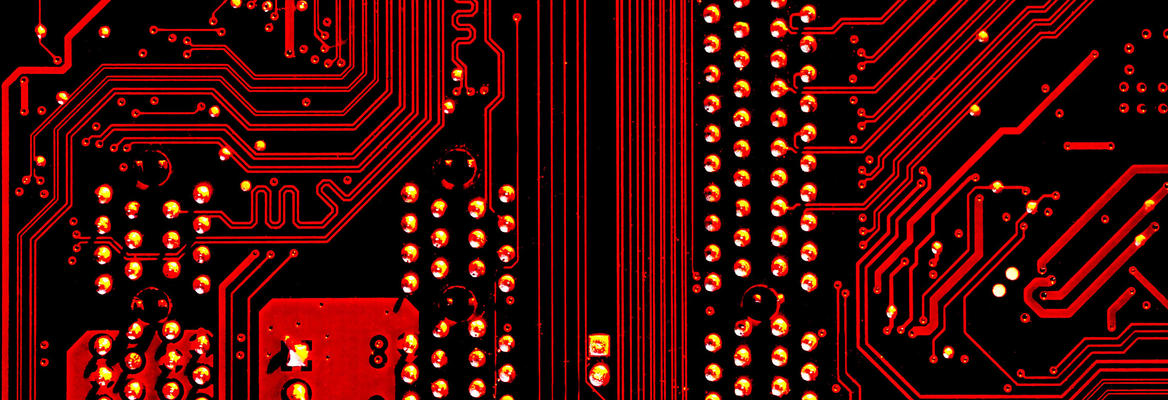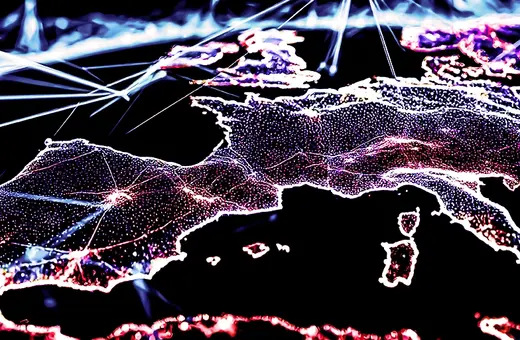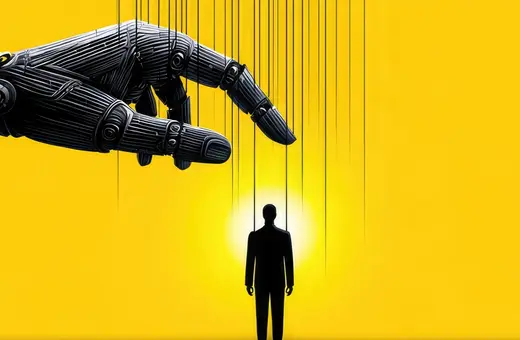We have begun to regulate AI or so many governments think. We have frameworks from the Turing institute and UNESCO which claim to be the guard rails for future development. But Wen Zheng argues these are paper mache, and they fail to address the dangers of AGI and future of the field. Even the AI now can’t be hemmed in by these guides for the greatest threat we may yet face.
The threat from ChatGPT is overblown. The dangers of statistical models, based on scrapping the internet and then telling it off for racist outbursts, are low if not manageable. And the principles we use to govern these systems are fine. But this is not artificial intelligence. This marketing term does not mean Skynet has arrived. Nor does it mean that we have to seriously start coming up with new ethics to limit it and our use of it. But the threat is coming. The dangers are around the corner, and it isn’t hyperbole to say once Skynet really is here that we will be at its mercy.
Whilst the Terminator is not a model for how we should understand AI, no sci-fi can really tells us what the world will be like, the future could still be bleak. The current statistical models which we call AI provide a new tool which could revolutionise all aspects of our lives. The use of AI assistants or text generators has already upended most of what we thought the world would be like in 10 years. We won’t get to spend our twilight years, as climate change ravages our world, drawing and writing poetry. Instead, we need to acknowledge that the trade-offs we have already begun to make don’t fit the ethical framework we are used to.
I will take you through some of the UNESCO framework for AI ethics. The framework was adopted by over 190 countries in a futile attempt to mitigate the dangers of these unintelligent AIs. Yet even these aren’t enough. Once we move from mere statistical models to AGI, an artificial general intelligence, we face the risk of having to deal with a real moral agent. Something or perhaps someone whom we are going to have to reason with. Take a look and see if you trust these principles to protect you and your family from the smartest, most powerful, adaptive beings we can realistically imagine unleashing on the world.
___
We won’t get to spend our twilight years, as climate change ravages our world, drawing and writing poetry
___





















Join the conversation